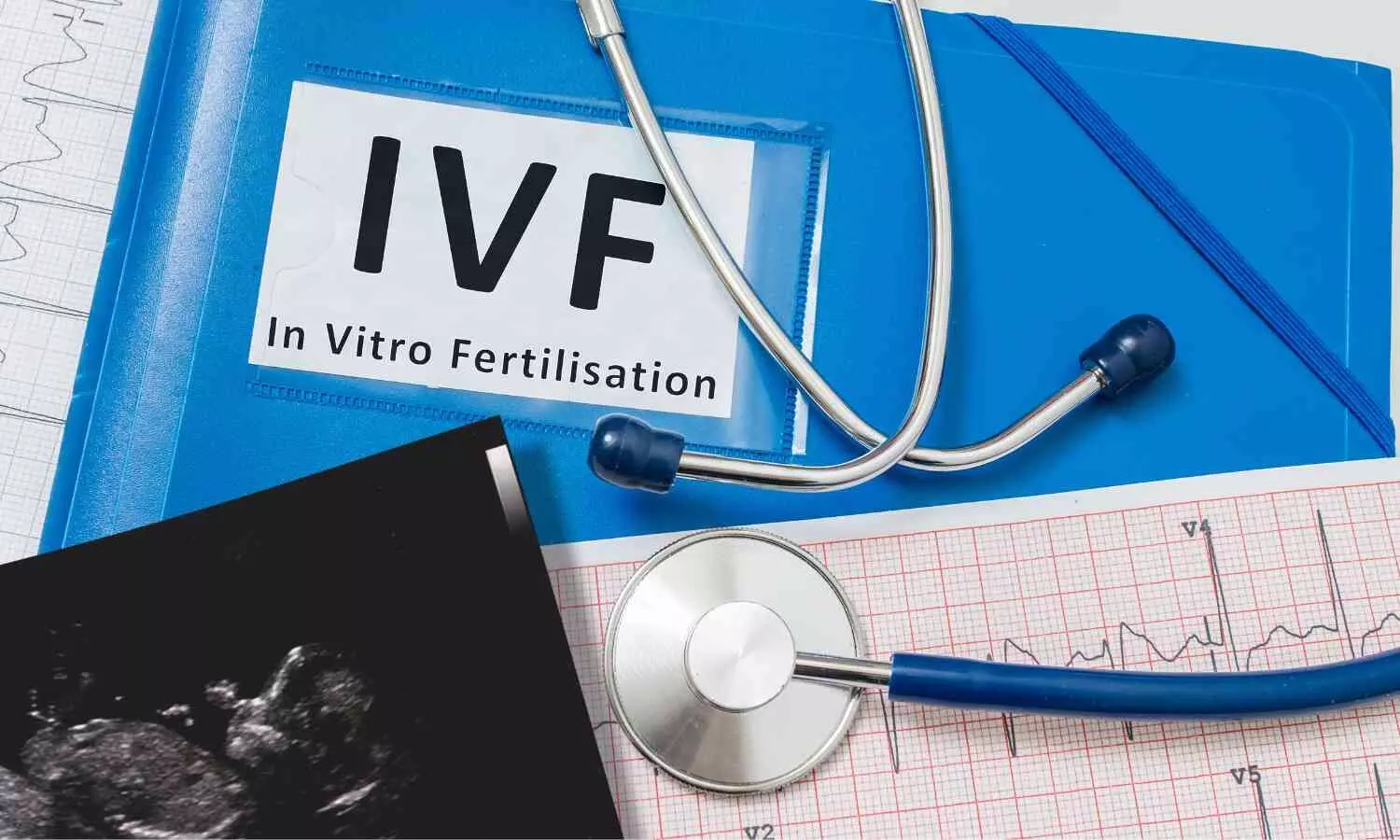How abnormal embryos self-correct may provide women with better chance of IVF pregnancy, reveals study

Aneuploidy (the presence of an abnormal number of chromosomes) in embryos is a major cause of impaired embryo development, leading to conditions such as Down syndrome, as well as to pregnancy loss. The transfer of such embryos in women undergoing IVF is therefore usually avoided because of unfavourable pregnancy outcomes. But mosaic embryos, comprising both genetically normal and abnormal cells, can result in perfectly normal babies. Now, researchers have been able to understand how these mosaic embryos self-correct to develop normally. This understanding will improve the numbers of embryos suitable for transfer in women undergoing IVF, they say.
Presenting their results to the annual conference of the European Society of Human Genetics today (Monday), Ms Sheila Kwok, a PhD candidate in the Physiology Department of the University of Toronto, Toronto, Canada, will explain how the existence of a self-correction mechanism in mosaic embryos is consistent with the results of a large-scale clinical study of over 3500 pregnancy outcomes from mosaic embryo transfers from the International Registry of Mosaic Embryo Transfers (IRMET)* – where only 1.2% of preimplantation mosaicism persisted throughout pregnancy or postnatally. These findings, in turn, will reduce the stress on patients who have only mosaic embryos available for transfer, they say.
There has been an increasing number of women postponing motherhood over the past two decades. As they age, they become more likely to produce genetically abnormal embryos, due to higher error rates during egg development. This poses a challenge for women wishing to balance reproductive health with motherhood, since in IVF genetically normal embryos are prioritised for transfer to shorten time to pregnancy and reduce miscarriage and abnormal pregnancies. In older women, this can be very limiting, and therefore mosaic embryos are often the only available choice. Understanding how and which mosaic embryos will develop normally is therefore of ultimate importance.
“From earlier work carried out at the CReATe Fertility Centre, Toronto by Drs Clifford Librach and Mitko Madjunkov, we knew that mosaic embryos could result in ongoing pregnancies and live births at a rate of around 30%, which is lower than those from embryos with normal number of chromosomes (euploid embryos). This enabled us to start using mosaic embryos for transfer where no euploid embryos were available, but we still did not fully understand the process by which they self-corrected,” says Ms Kwok.
All pregnancies, natural or assisted, have around 3% risk of having an abnormal child. The 1.2% persistence of mosaicism therefore does not exceed this risk but prompts researchers to continue searching for answers. “We will expand our research to look at embryos with specific chromosomal aberrations to understand if this clearance mechanism is specific to the chromosome being affected,” says Ms Kwok. And, for all women who have a mosaic embryo transfer, current recommendations are prenatal testing and close pregnancy monitoring.”
By utilising advanced single-cell transcriptomic analysis1 and post-implantation embryo culturing systems, the researchers have now been able to address how two cell populations with differential fitness levels are able to co-exist in the same environment, and what are the mechanisms inducing the depletion of the abnormal cells. Their findings pointed to the fact that abnormal cells were less able to survive than normal cells, which had higher fitness. They now plan to use gene editing technology with stem cell-derived embryo models to validate the importance of the genes and molecular functions they have identified in these processes. In the future, they will apply small molecule treatments2 on mosaic embryos to try to facilitate this self-correction process.
“Embryology and assisted reproductive technologies have come a long way from the initial success rates of around 10-20%. In the last 10 years with advanced genetic tests for embryo selection rates have been close to 50-60%”, says Dr Svetlana Madjunkova MD, PhD, Head of Reproductive Genetics at CReATe Fertility Centre, the senior author of this work and the founder of IRMET. “But we still need to improve our understanding of which embryos to prioritise for transfer, to optimise patient treatment, help patients achieve their family goals and prevent the waste of time and resources, not to mention patient emotional and psychological stress, involved in transferring embryos that are not viable, and the complications associated with multiple embryo transfer. Our results, elucidating some of the mechanisms controlling normal embryo development, are providing strong evidence to believe that we have made an important step down this path.”
Professor Alexandre Reymond, from the Center for Integrative Genomics, University of Lausanne, Lausanne, Switzerland, and chair of the conference, said: “Juggling career and parenthood is difficult and often induces couples to become parents are an older age. While this increases genetic risk, we are now beginning to understand how to mitigate it.”
Reference:
Understanding how abnormal embryos self-correct may provide women with a better chance of IVF pregnancy, European Society of Human Genetics, Meeting: European Society of Human Genetics annual conference.



